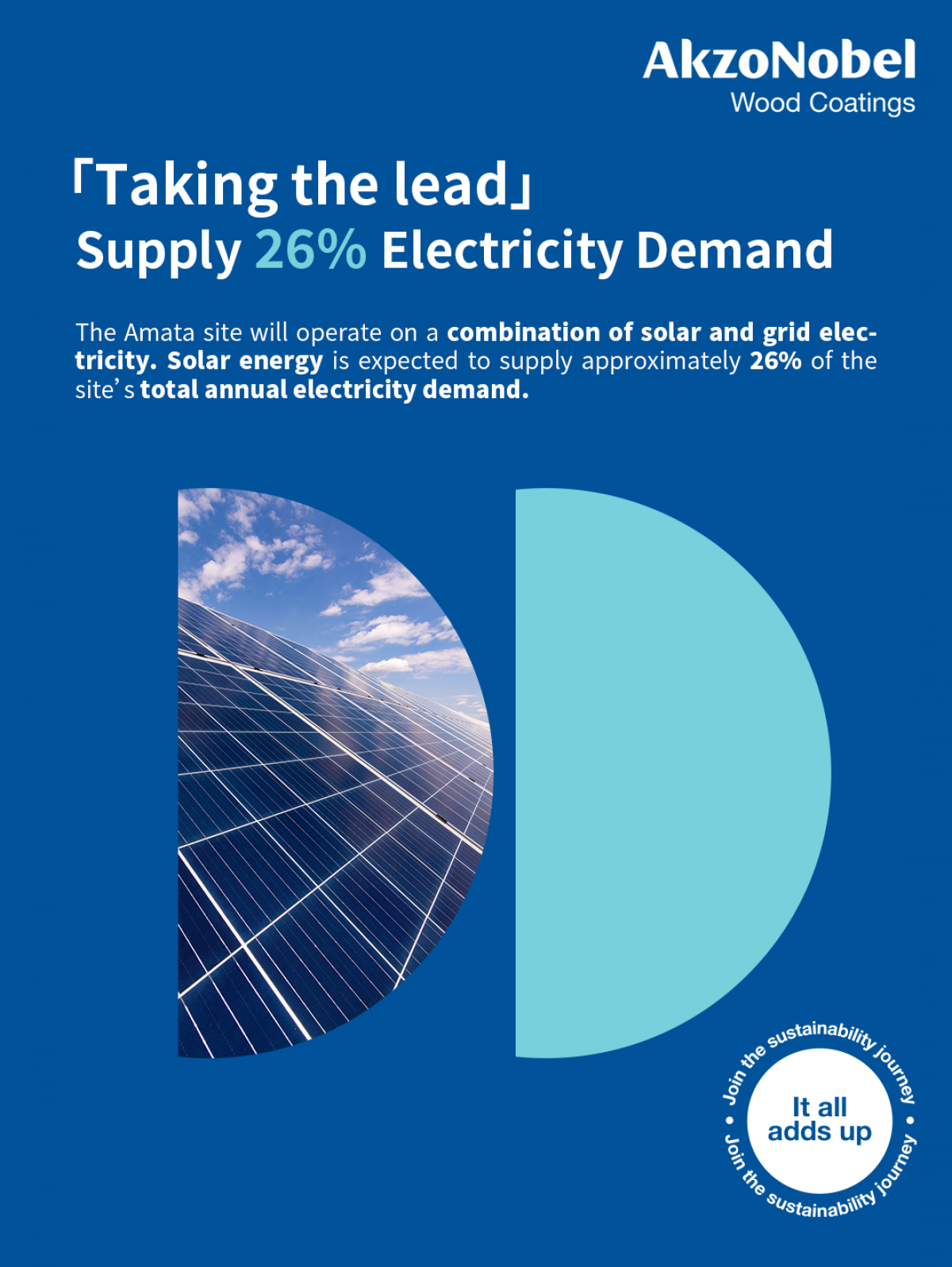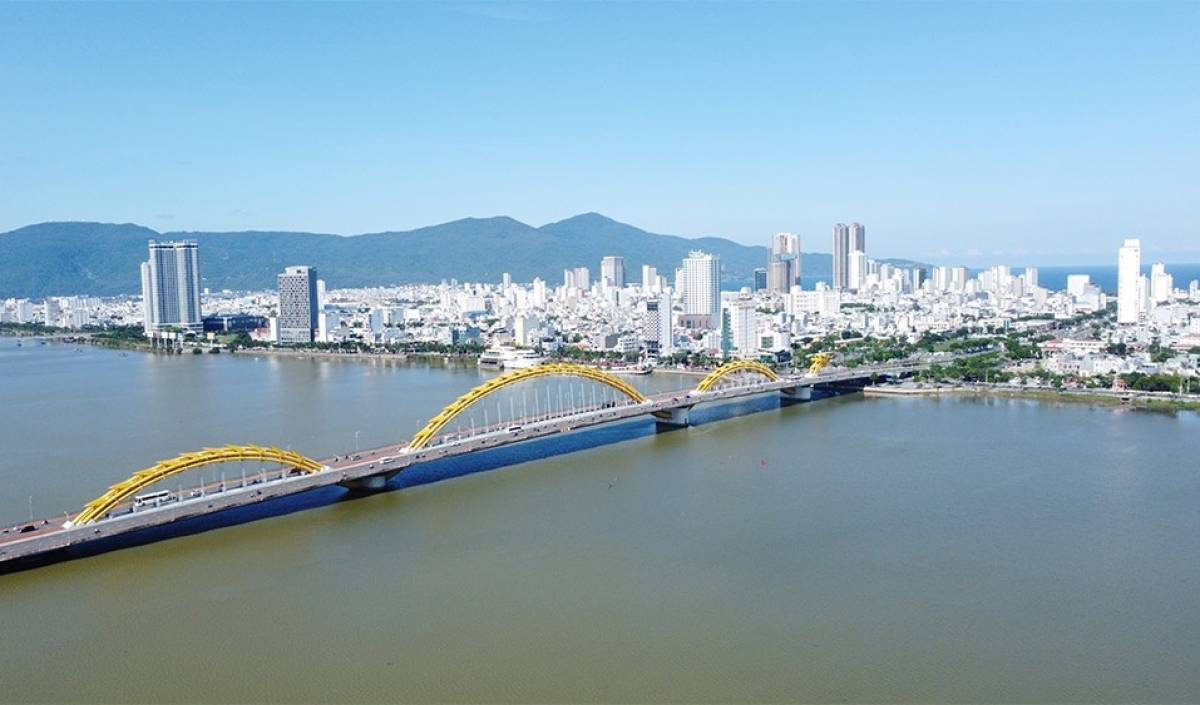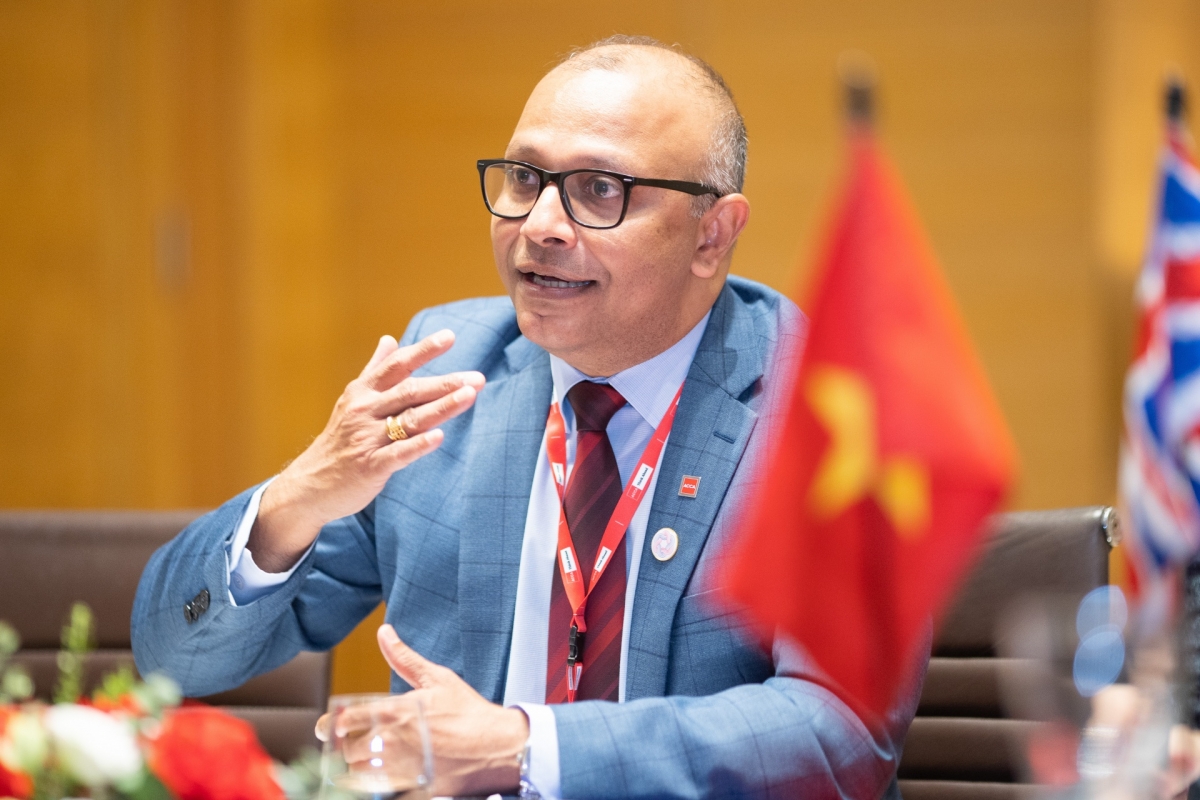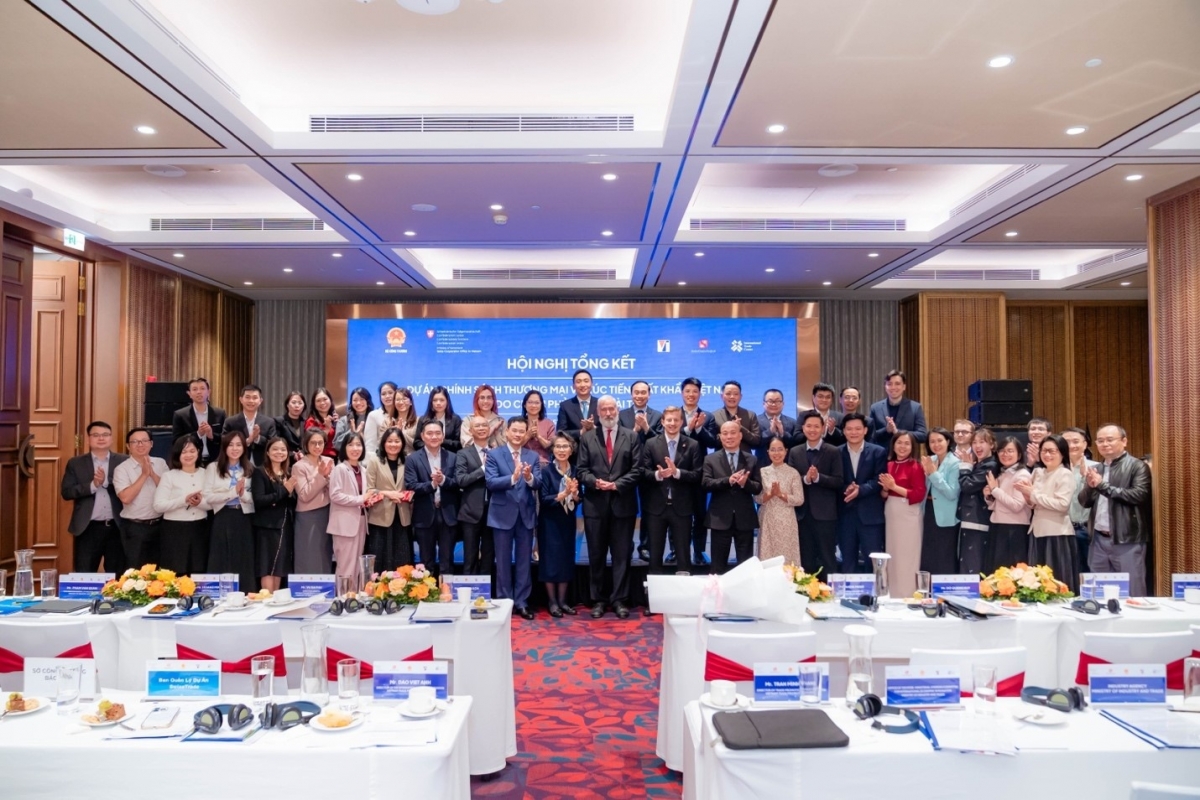INTERNATIONAL INVESTMENT
AND PORTAL

Deputy Prime Minister Pham Binh Minh last week inked the prime minister’s Decision No.01/QD-TTg on approving a plan on implementing the Regional Comprehensive Economic Partnership (RCEP), which came into effect for Vietnam on January 1.
The plan has assigned specific tasks to ministries and agencies, and municipal and provincial people’s committees, on disseminating information on what the agreement will mean for businesses, investors, and individuals.
The government has ordered ministries and agencies to review all relevant legal documents for the implementation of the RCEP, and suggest necessary amendments and supplementation of documents in line with Vietnam’s commitments under the agreement.
Notably, the government will formulate programmes on supporting enterprises to improve their competitiveness, so that they can effectively compete with rivals from the member nations.
“Mechanisms to encourage foreign investment into Vietnam will be revised, so that we can attract more investment from nations into key sectors,” read Decision 01.
The ASEAN Secretariat has announced it has received instruments of ratification/acceptance (IOR/A) from six ASEAN member states, including Brunei, Cambodia, Laos, Singapore, Thailand, and Vietnam – as well as from four non-ASEAN signatory states namely Australia, China, Japan, and New Zealand.
The RCEP will enter into force 60 days after the date at which the minimum number of IOR/A is achieved.
“The expeditious ratification process by signatory states is a true reflection of our strong commitment to a fair and open multilateral trading system for the benefit of the people in the region and the world. The implementation of the RCEP agreement will give a tremendous boost to the post-pandemic economic recovery efforts,” said Secretary-General of ASEAN Dato Lim Jock Hoi.
Potential benefits
Seen as the world’s largest trading bloc, the free trade agreement (FTA) has been in the works for over eight years and was signed virtually at the ASEAN Summit last November. The RCEP leaves the door open for India, which withdrew from the trade pact due to disagreements over agricultural tariffs.
While China is a party to a number of bilateral trade agreements, this is the first time it has signed up to a regional multilateral trade pact.
Just like the EU-Vietnam FTA, the UK-Vietnam FTA, and the Comprehensive and Progressive Agreement for Trans-Pacific Partnership (CPTPP), the RCEP will pare down tariffs and set trade rules and help link supply chains, especially as governments grapple with pandemic impacts.
The RCEP is expected to cover all aspects of the business including trade, services, e-commerce, telecommunications, and copyright though negotiations over some aspects still need to be finalised. The RCEP seeks to remove 92 per cent of import tariffs between member states within 20 years.
According to pan-Asia consultancy firm Dezan Shira & Associates, like several of Vietnam’s FTAs, the RCEP is a modern trade agreement taking countries of different sizes, populations, and GDP into account.
Documents from the World Bank forecast that countries part of the RCEP will see GDP increase by 1.5 per cent. Economists noted that the agreement could add almost $200 billion to the global economy by 2030. However, they note that it will take years to see the benefits and it may not be as noticeably significant as the CPTPP and EVFTA for Vietnam.
Doors open for Vietnam
Global analysts FocusEconomics said, “Panelists that we surveyed see Vietnam as the ASEAN country set to benefit most from the RCEP, likely due to its highly competitive export sector that will benefit from being plugged even more tightly into regional value chains.”
The harmonisation of tariffs and rules of origin (ROO) and simplifying of customs obligations under the RCEP offer the principal benefit to ASEAN economies. As a result, manufacturing is set to gain from a relocation of labour-intensive industries to ASEAN countries, particularly those with competitive employment costs such as Vietnam.
According to Fitch Solutions, for Vietnam, major export categories that are expected to benefit include IT, footwear, agriculture, automobiles, and telecommunications. The FTA would help Vietnam access large consumer markets double the size of those included in the CPTPP.
As Vietnam moves to become a high-tech manufacturer, the RCEP can help local suppliers increase exports and attract high-quality goods for its consumers. In addition, with the demand for Vietnam’s exports like agriculture and fisheries products, Vietnam is set to benefit.
In addition, the simplification of procedures such as customs and ROO will help reduce bureaucracy allowing more small- and medium-sized enterprises (SMEs) to partake in. SMEs account for 98 per cent of all enterprises in Vietnam, contributing to 40 per cent of GDP, and thus the RCEP presents significant opportunities for Vietnamese SMEs to move up the value chain.
According to experts, under the RCEP impacts, investment from South Korea, Japan, and Singapore is expected to increase in Vietnam and beyond.
Vietnam is now considered a global manufacturing hub for South Korea’s Samsung, which is centring investment into manufacturing electronics products in the northern provinces of Bac Ninh and Thai Nguyen, and Ho Chi Minh City, with total capital of over $17.7 billion.
“Samsung Vietnam is extending its role beyond a vital global manufacturing stronghold in Vietnam. We are building Samsung’s own research and development centre in Hanoi, with capital of $220 million, in order to raise the mid-term and long-term capabilities,” said President of Samsung Vietnam Choi Joo Ho at a recent talkshow on foreign direct investment in Vietnam.
In another case, LG Display was last August licensed to increase its investment in the northern port city of Haiphong by $1.4 billion. This new investment has raised its total investment in Vietnam to $4.65 billion, manufacturing plastic OLED screens for mobile devices, OLED TV screens, and LCD screens.
Statistics from Vietnam’s Ministry of Planning and Investment showed that accumulatively as of December 20, 2021, Vietnam attracted more than $92.37 billion in registered investment capital from ASEAN member states. Registered investment capital from South Korea, Japan, and China into Vietnam totalled $74.65 billion, $64.4 billion, and $21.33 billion, respectively. The figures from Australia and New Zealand were $1.93 billion and $209.7 million.
Southeast Asia is now Vietnam’s fourth-largest goods export market, with the export turnover totalling $25.3 billion in 2019, $23.1 billion in 2020, and $29.1 billion in 2021.
Meanwhile, Southeast Asia is also Vietnam’s third-largest import market. The country’s import turnover from other member states was $32.1 billion in 2019, $30 billion in 2020, and $41.1 billion in 2021.
According to analysis by the Peterson Institute for International Economics, Indonesia, Malaysia, Thailand, and Vietnam stand to benefit the most from the RCEP, which will add between $2-4 billion each year to their respective economies by 2030.
For investors operating across ASEAN, China, and other regions, Dezan Shira & Associates said the RCEP offers good news. “Streamlined customs procedures, unified ROO, and improved market access will make investing in multiple locations a much more viable and attractive investment strategy and likely bring China + 1 business models to the fore,” it said. “The common rules will lower costs for companies with supply chains that span across Asia and may encourage multinationals to RCEP countries to establish supply chains across the bloc, thus growing the global value chain activity in the region.”



















